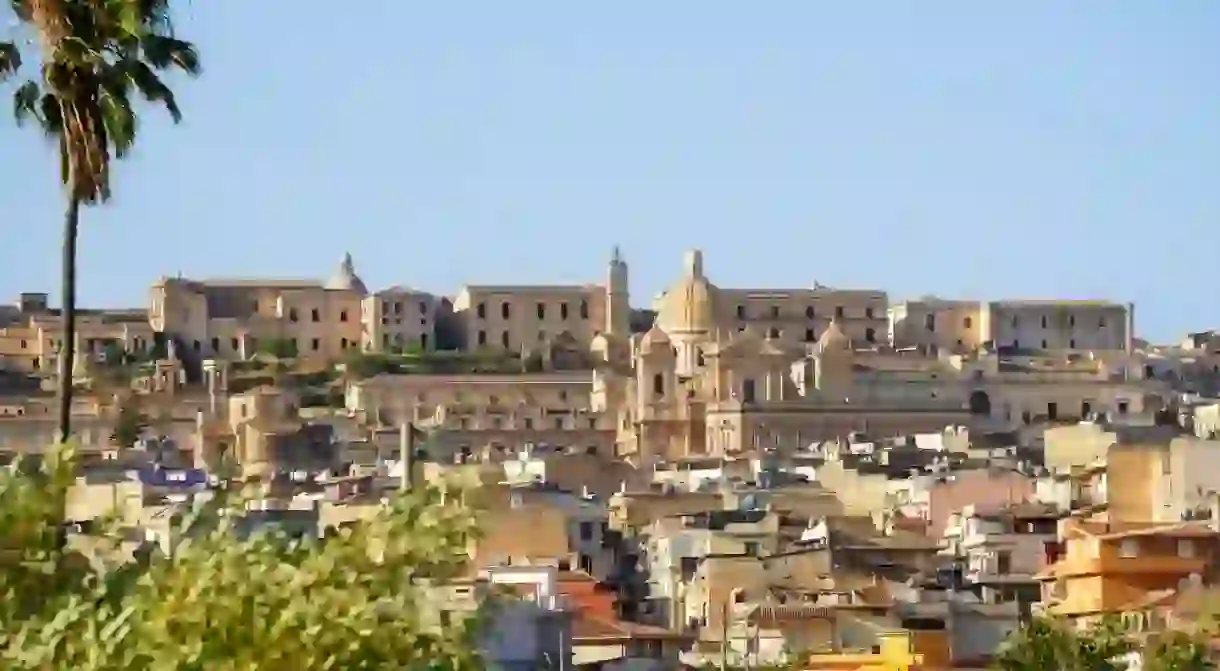The 8 Best Things to See and Do in Noto, Sicily

Escape to Noto, a sundrenched corner of Southern Italy, where baroque palaces sit alongside charming osterias serving up the best Sicilian cuisine. Here are our recommendations on how to best spend your time in this Italian city.
A devastating earthquake hit Noto in 1693. Much of the city was destroyed, but from its greatest tragedy came a lasting legacy of grand architecture and an exquisitely cohesive beauty that, eventually, attracted the attention of Unesco. At the end of each day, the sun-kissed limestone buildings in the city take on a rich, honeyed glow. While there’s no shortage of things to see in Noto, its nearby beaches and the Vendicari Nature Reserve provide compelling reasons to get out of town.
Peek inside Noto Cathedral
Cathedral, Church

Marvel at Palazzo Nicolaci
Historical Landmark

The Nicolaci family went all out when they started work on their opulent palazzo in 1720. The result, a sprawling 90-room pad in a baroque style, is one of the most impressive visitor attractions in Noto today. Before you enter, look closely at the wrought-iron balconies supported by stone mermaids, angels and winged horses. Inside, focus your attention on the noble floor, where the Nicolacis would have entertained. Climb a grand staircase to the sumptuous Salone delle Feste, the family’s breathtaking party hall.
Go back in time at Palazzo Ducezio
Historical Landmark
Work on the Palazzo Ducezio, the Town Hall in Noto, started in the mid-18th century. The ground floor was the work of Sicilian architect Vincenzo Sinatra, but the upper level was a much later project designed to complement the original building. Its oval hall had an extravagant makeover at the end of the 19th century, and the result is reminiscent of the Palace of Versailles. The lavish Hall of Mirrors is filled with Louis XV-style furniture, gold decor and the fabulous mirrors that give the room its name.
Try granita at Caffè Sicilia
Cafe, Pastries, Ice Cream, Italian

Swim at Spiaggia di Eloro
Natural Feature
Turquoise waters gently lap this secluded strip of sand, flanked by a rocky headland, just 9km (5.6mi) from Noto. Eloro Beach shelves gently, making it ideal for swimmers. As it forms part of the Vendicari Nature Reserve, there are few facilities within walking distance, aside from a small car park, a bar and some showers. As you stroll to the beach, you’ll pass the ruins of the Greek settlement of Helorus. Archaeologists have excavated the footprints of a temple and a theatre at this coastal site.
Go wine tasting at Cantina Palmeri
Winery

Cantina Palmeri is a winery, just a 10-minute drive from Noto. Its history can be traced back to the 15th century, though, since 2002, it’s been run by a Swiss couple with a passion for organic viticulture. Grapes thrive in this place: the soil is the ideal balance of clay, lime and sand, while the dry, sunny climate ripens the fruit perfectly. The result is a collection of exceptional wines, which you can taste on a visit to Cantina Palmeri’s cellars.
Spot flamingos in the Vendicari Nature Reserve
Natural Feature, Park
Thousands of migrating birds come to the Vendicari Nature Reserve each year, particularly in spring and autumn. The saltwater lagoons (known locally as pantani), sand dunes and rocky coastline provide the ideal stopover as the birds rest on their way to and from North Africa. Waders like curlews and marsh sandpipers are regular visitors during nesting season. You’ll also see herons, egrets, spoonbills and terns. The most eagerly anticipated, however, are the flamingos that potter in the shallows and raise fluffy chicks.
Eat Sicilian food at Ristorante Manna Noto
Restaurant, Italian

Trips and Tours in Italy
Architectural Landmark

Planning your holidays in Italy? We have an incredible collection of multi-day tour packages all over the country, including a number of amazing Sicily itineraries, ranging in length and cost. Check those out, as well as trips to Tuscany, the Dolomites and so much more, by clicking the button below.













